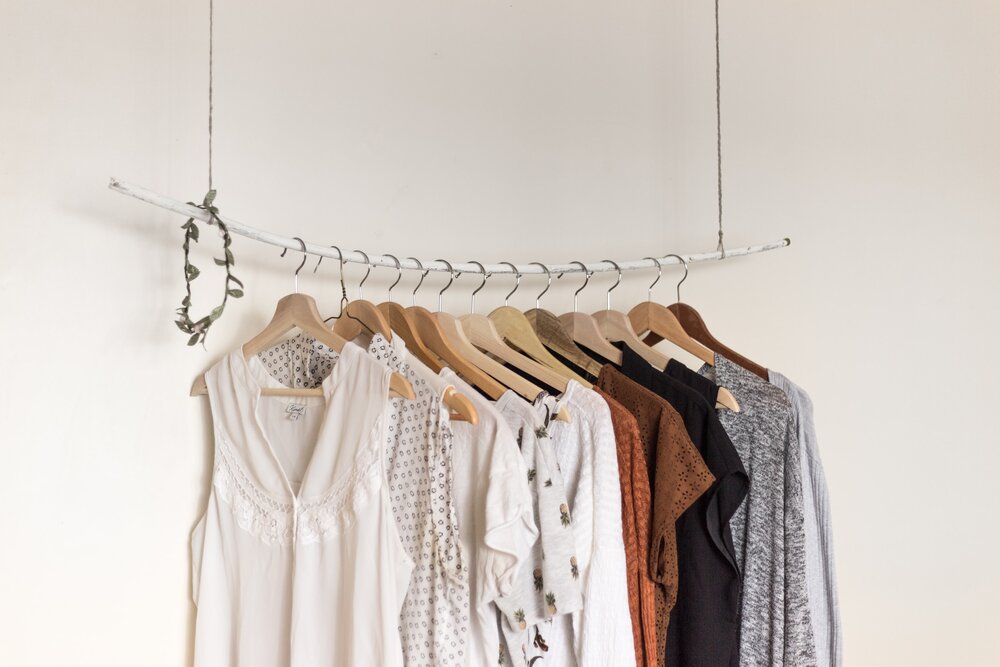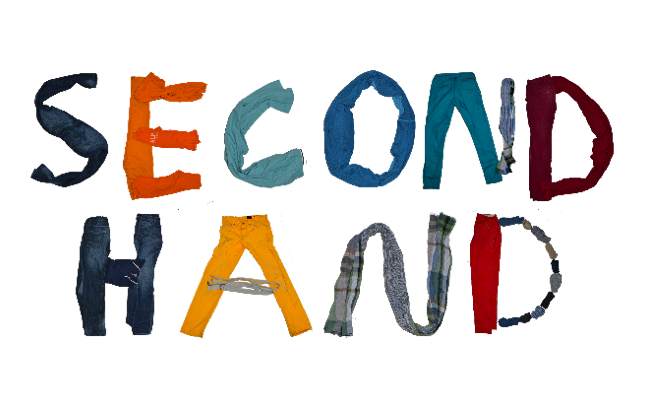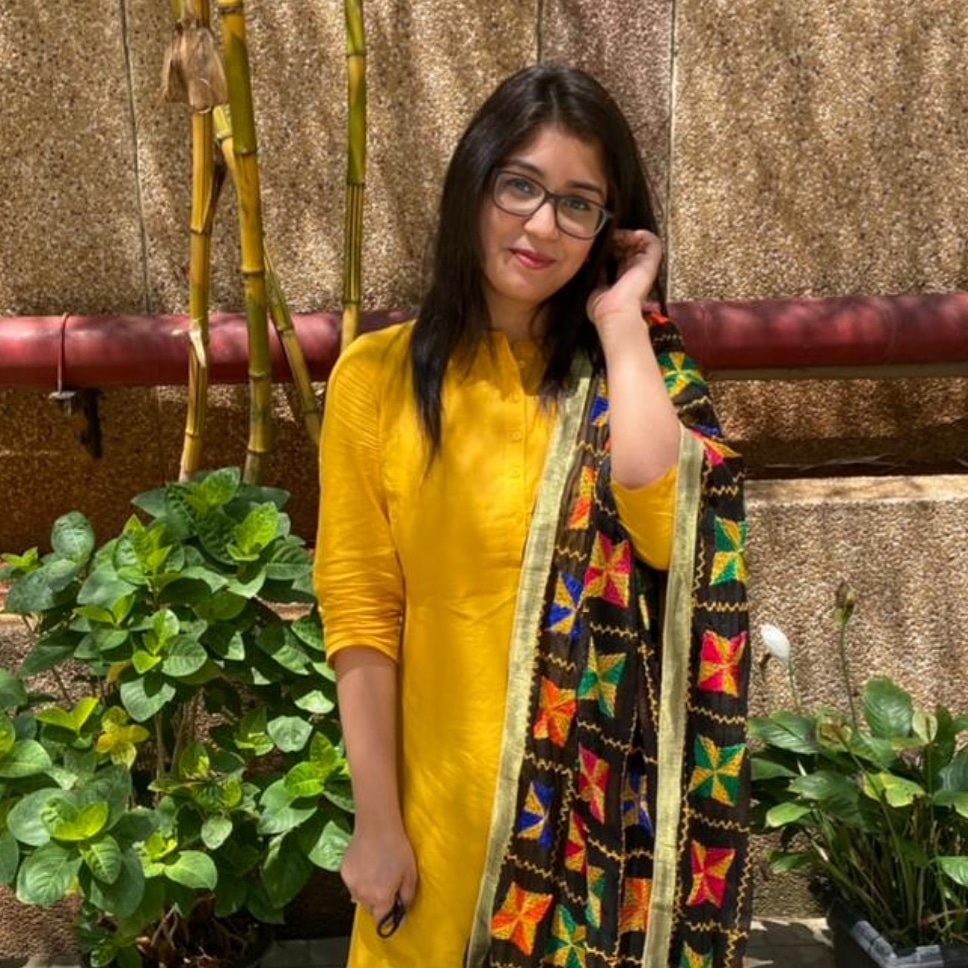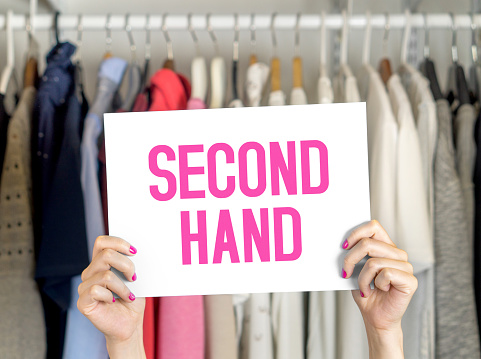Image Souce : media.istockphoto.com
Not only is secondhand shopping beneficial for the environment and your money, but our new research shows that the more style-conscious you are, the more likely you are to buy used clothes and accessories.
In the 2020-21 fiscal year, 72 percent of Australians bought at least one item of second-hand clothing – but we wanted to know more about those who did.
It is commonly considered that individuals who buy used clothing do it to save money or to lessen their environmental effects.
In fact, being fashion-conscious was a better predictor of second-hand buying than being frugal or environmentally conscientious.
Style-conscious customers are not the same as fashion-conscious shoppers. Fashion is all about the “new”: fashion is a novelty that is always changing.
Style, on the other hand, is about expressing one’s long-term identity.

The issue with fashion
Fashion consumers are accustomed to a steady stream of new trends and “quick fashion” items. Fast fashion works swiftly to imitate an ever-changing stream of fashion trends, resulting in vast quantities of low-quality clothing.
The environmental effect of rapid fashion is enormous and well-documented. The fast-fashion business generates 92 million tonnes of garbage every year and consumes 79 trillion liters of water globally. Less than 15% of clothing is recycled or repurposed.
Poorly constructed and low-quality fast fashion goods are a major issue for charity retailers, who are obliged to consign fast fashion items that they cannot sell to landfills.
However, in contrast to the fast fashion trend, an increasing number of individuals are purchasing used apparel and accessories.

A developing market
Because many sales take place in informal settings such as pre-loved marketplaces and online platforms such as Facebook Marketplace, determining the extent of the second-hand market is challenging.
Sales figures from online platforms, on the other hand, reveal an explosion in growth. According to James Reinhart, CEO of online second-hand apparel store Thredup, the worldwide second-hand market will double to US$77 billion (A$102 billion) in the next five years.
He also expects that by 2030, the secondhand market will be double the size of the fast-fashion business.
Younger customers are driving the rise in popularity of secondhand buying, particularly through online channels.
According to our study, a large portion of this rise may be attributed to buyers who perceive themselves to be style-conscious.
Fashion-conscious individual expresses themselves via their clothing. These customers are looking for clothing that complements their personal style and ideals. They seek out real and one-of-a-kind things, avoiding mainstream trends and quick fashion.
Style-conscious customers choose high-quality, long-lasting apparel and accessories. While fashion-conscious buyers are continuously purchasing new items in order to stay up with current trends, style-conscious shoppers choose clothing that is timeless, well-crafted, and allows them to express their distinctive character throughout time.
Traditional charity thrift shops are reacting to customer demand by redesigning their stores with carefully selected, high-quality clothing, improved merchandising and store design, online sales, and enhanced digital and social media marketing.
In addition, the number of individually owned, highly selected “pre-loved” stores and online sales platforms is growing.
Much of this expansion has been driven by social media influencers. Their accounts support secondhand fashion, the circular economy (which emphasizes reuse, repair, repurpose, and recycle), and the #secondhandfirst movement.
We hope that with the growing number of second-hand stores, markets, and online platforms selling a variety of quality, pre-loved clothes at various price points for different budgets – as well as the growing acceptance of second-hand shopping – shoppers will consider buying second-hand more frequently. Written by : Saumya Singh

Author’s bio
Saumya Singh is a budding lifestyle and entertainment journalist. She believes that lifestyle journalism is not everyone’s cup of tea. She holds the view that just like hard stories, covering soft stories also deserves their appreciation because it is a part of journalism that appeals to the masses.




